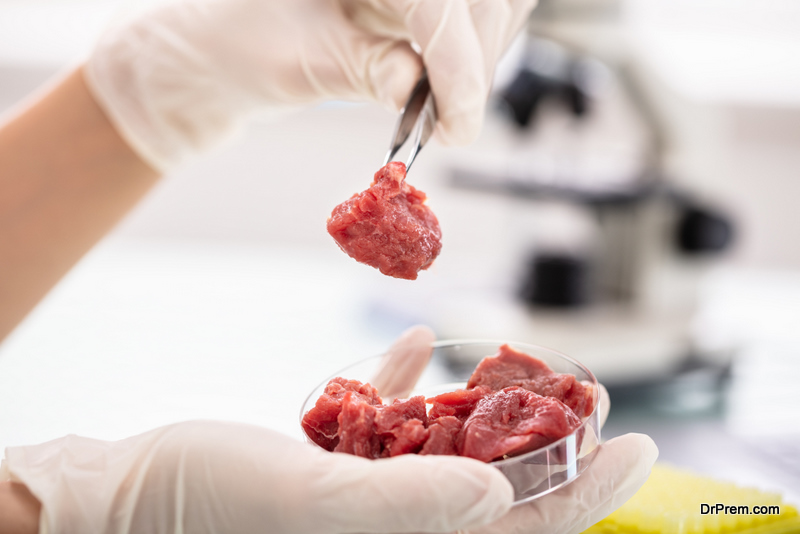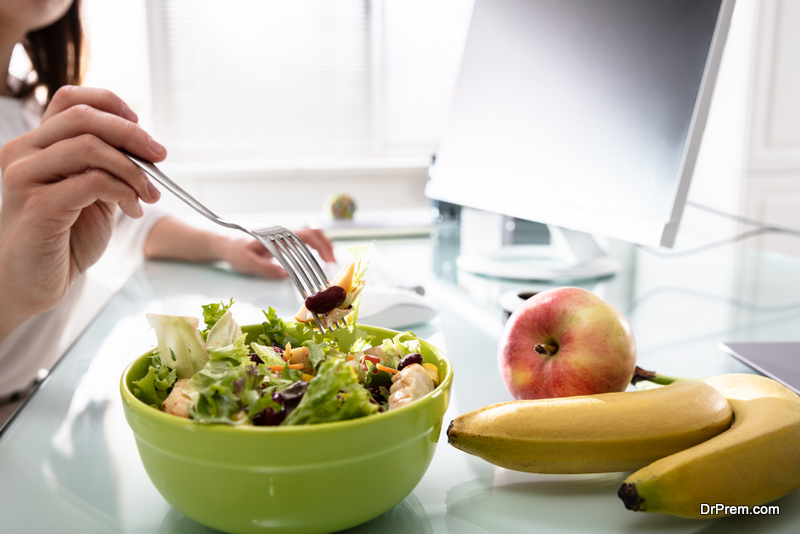As many debates as there are about what makes dietary choices healthy or unhealthy for you, there’s an even more intense debate right now: what diet is healthiest for the earth?
From organic to locavore and a dozen other approaches in between, foodies and farmers have taken up arms to promote what they believe to be the most sustainable individual foods and culinary philosophies. So, which one comes out on top?
The fact is, the environmental impact of our foods can’t be boiled down to a single factor, but there are a lot of elements that we can all consider when choosing what to eat.
These three considerations form the backbone of sustainable eating, and are among the most highly debated.
Close To Home: Locavorism

Of the many different ‘good for the earth’ approaches to eating, one of the most prominent players is the idea of locavorism, or eating food that is produced close to home.
After all, shipping bananas from thousands of miles away will obviously have a more significant carbon footprint than food produced a few towns over or even grown in your backyard, which is inherently a good environmental move. For those enthusiastic about locavorism, the idea is so exciting as to inspire a service that produces food boxes labeled with their carbon footprint.
Unfortunately, despite its savvy approach to issues like fossil fuel consumption, locavorism doesn’t have many clear parameters and, importantly, it doesn’t tell us much else about our food. Locally produced food can still be heavily processed, wrapped in plastic or other wasteful packaging, or grown with large amounts of pesticides. Additionally, the philosophy also places a lot of pressure on people who live in certain areas, especially very cold parts of the world, where it can be difficult to access a balanced diet using only local foods for large parts of the year.
Science At Its Finest: Meat And Dairy Replacements
Similar to locavorism, another major player in the sustainable eating “wars” is the move to reduce meat consumption. That’s because animal products are resource-intensive to produce and create a lot of their own waste, which can cause environmental issues – see, for example, the waste lagoons that result from pig farming and which sometimes flood into neighboring towns and waterways during storms and other disasters. Still, it’s not just reducing meat production that’s at play in this debate. We also need to consider what replaces meat in our diets.
With thanks to new food science and technology, we now have access to a variety of meat and dairy replacements that are more sustainable than their conventional alternatives. These include a range of options that, like local food options, also boast a lower carbon footprint than the foods they would replace. However, for those who don’t want to eat a primarily vegan or vegetarian diet, these replacements can be a sticking point.
A Turn To The Lab

In what may be one of the most interesting innovations to hit supermarkets, the latest meat and dairy alternatives may actually not be alternatives at all. Lab grown meat is cultured from animal cells, but doesn’t actually involve raising animals, making it much less resource-intensive.
It’s also considered a viable alternative for ethical vegans because there are no actual animals involved, just cells. Though lab-grown meat products are still relatively hard to get, lab-produced milk is already widely available, as are lab-produced dairy ice cream products, an exciting prospect for many vegans and those who are concerned about the environmental impact of animal agriculture.
While these are just some of the factors that play into the environmental impact of our food choices, the reality is that they can all play a role in making our meals more sustainable. There’s no reason to only buy into one option when a combination can still minimize your food’s carbon footprint while allowing you to enjoy a healthy, delicious diet.
Article Submitted By Community Writer




